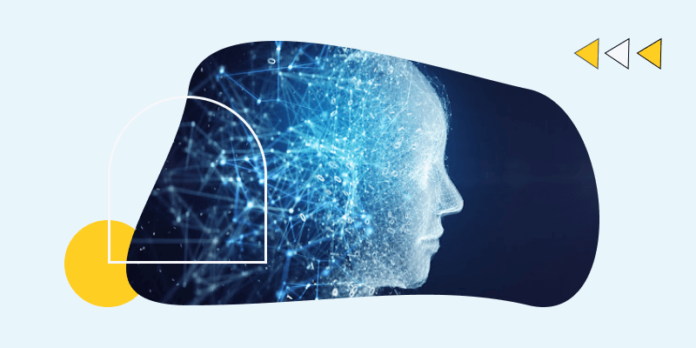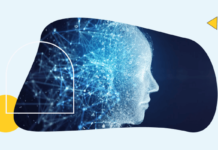When it comes to the IT department, cutting expenses is a distant second to providing outstanding service. The majority of high-level firms are willing to pay extra for reliability, agility, efficiency, and nearly 100% uptime.
However, cost management and optimization are high on every operations manager’s priority list, so when a solution promises to optimize processes while also lowering costs, it piques decision-makers’ interest. This is where the use of AI-powered platforms comes into play. It’s a solution that promises to save time, cut IT costs, and give staff more time to focus on higher-value tasks.
Customers’ patience with delays and downtime can also be used to gauge the advancement of technology. They anticipate a service uptime of 100 percent and no downtime. While most companies are concerned about competition, they should first examine their systems to avoid internal failures that might cause significant damage. Customer loyalty is no longer a given; it is now an issue of maintaining your word and exceeding expectations.
AI involvement in IT Operations – how does it work?
Artificial Intelligence (AI) is a phrase used to describe a wide range of software solutions based on machine learning that aim to automate IT activities and eliminate, assist, or augment human interaction. It operates by aggregating and centralizing data from all sources within the organization and employing artificial intelligence to connect events, detect abnormalities, and build automatic solutions to errors.
The key advantage of utilizing such a system is that it consistently reduces alarm noise. When an AI-powered process automation platform handles all the alerts in an IT system automatically, it solves nearly 90% of the problems that arise by applying rules and algorithms, leaving only a few issues that require attention and don’t have an established handling protocol to be passed on to the human team.
How AI works in reducing IT operation costs
AI-powered automation
With the rise of AI, IT operations are being digitally transformed towards a more automated state based on deep learning. This will become a part of day-to-day operations in the same way that computers replaced typewriters, fax machines, and other office tools; it is simply part of the usual automation that must occur as operations get more sophisticated.
Reduce Alert Fatigue
While operational noise is a sign of a growing and healthy organization, the negative is alert fatigue. Keeping all systems operational necessitates the activation of alerts for any potential threats.
Critical problems were formerly handled by the NOC employees, IT support, and other professionals when they arose. Despite this, the complexity of the cloud environment has made it nearly hard to regulate. IT departments are currently inundated with notifications that are tough to prioritize and sort through.
This is why systems like Siscale Arcanna.ai Alert triageexist. Instead of thinking cheaply, firms who want to minimize costs by enhancing the flow of operations by minimizing the average time to resolution will prefer an alert triage platform. While the Siscale system is not the only one in this industry, it is the only one that is meant to bring the human-machine tandem to perfection, employing the AI core to filter out the noise and produce just the necessary warnings for human decisions.
Ensure Security and Compliance
Most members of the SOC team understand that security in this era entails constant monitoring and prevention rather than reactive attacks. Because doing this work manually is unfeasible, having an automated system ensures real-time reaction.
Combining AI automation with human judgments and utilizing real-time data from cloud providers can significantly assist firms in remaining compliant and lowering business risk.
Minimizing Downtime Cost
Although it is very difficult to achieve 100% uptime, that is the ideal that businesses strive towards. In reality, they should concentrate on reducing downtime and its associated costs. Considering the past conversations, there are a few options.
- Always have a backup plan and a recovery plan available in case of downtime.
- Use AI systems driven by big data to conduct continuous analysis of all parameters. The current volume of data flows and warnings far exceeds the capacity of human processing. If you’ve had a major incident, don’t go on until you’ve determined the core reason and taken steps to prevent a repeat.
- Always try to avoid problems rather than cure them. Potential problems can be identified using such platforms before they become dangerous. Most attacks, outages, and malfunctions follow a predictable pattern. An AI system can recognize deviations from the norm and begin investigating the cause and potential solutions.
One of the most significant benefits of using an AI-powered solution is that it frees up highly qualified staff such as security and network engineers, allowing them to focus on strategic thinking rather than the repetitive and tiresome aspects of their jobs. All of the finest IT downtime solutions include AI-powered process automation platforms, which is an umbrella word for a machine learning-powered platform that automates operational duties in an IT system. This is concerned with detecting, diagnosing, and resolving problems. The best can also work in a proactive manner, detecting possible dangers before they become problems that cause outages.








